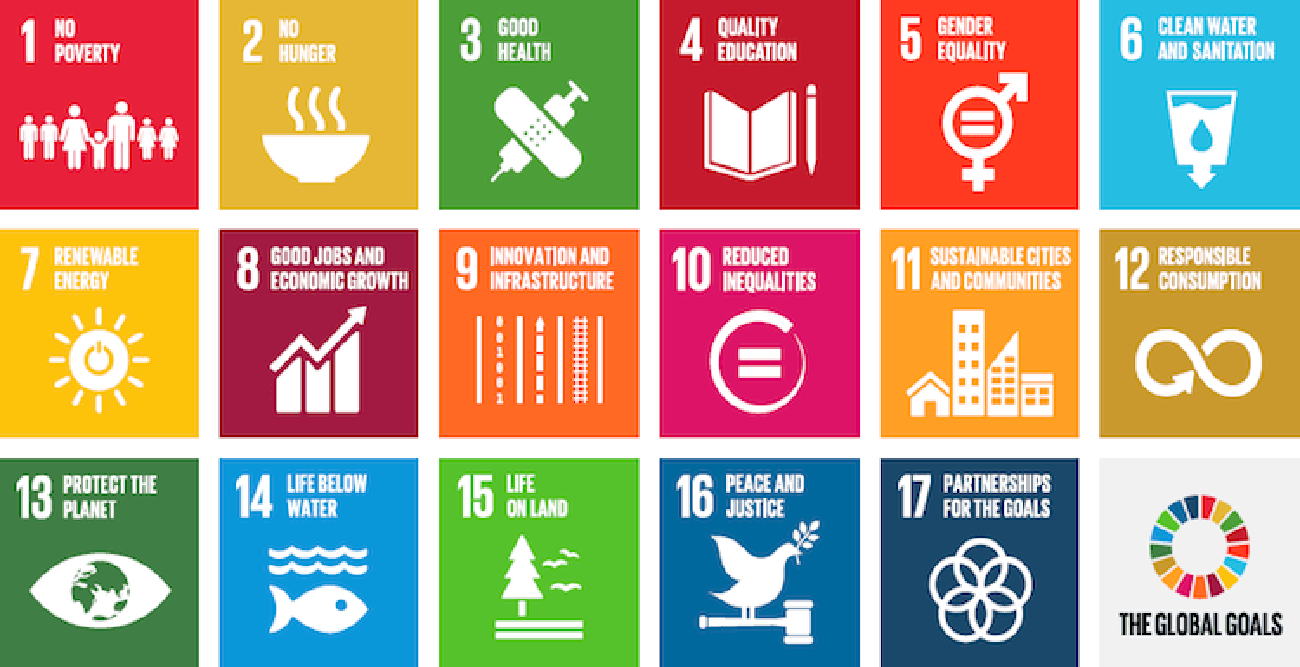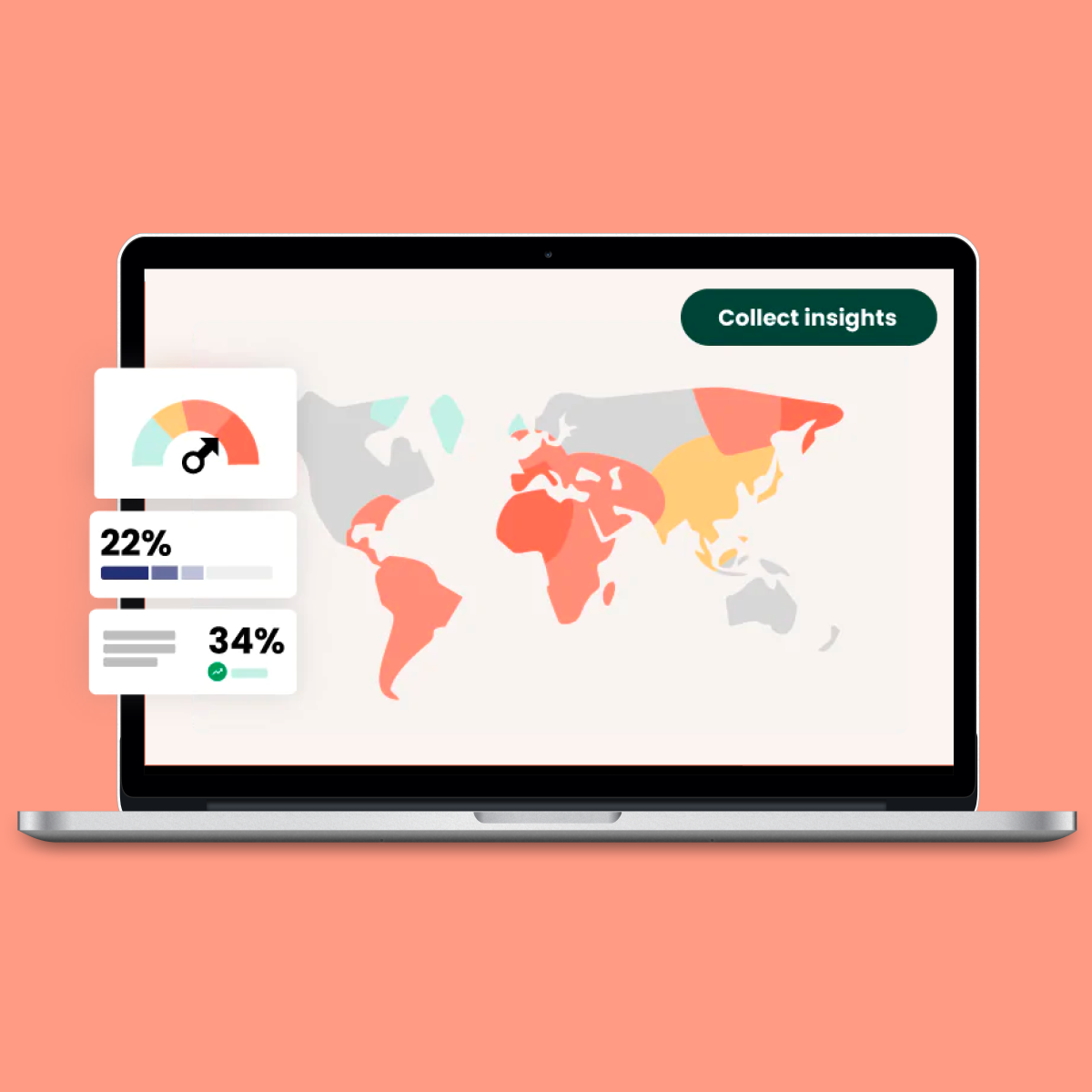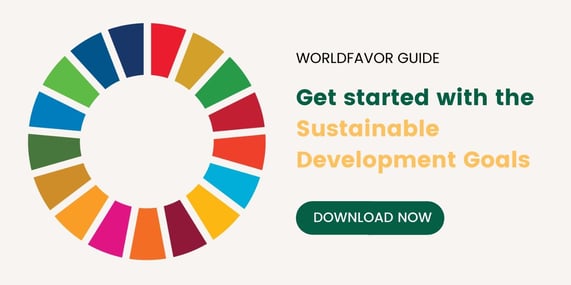The SDGs: Opportunities to Align Your Strategy and Communication

The Sustainable Development Goals (SDGs) provide a momentous opportunity for change in social, economic and environmental issues. As stakeholder demand for accountability and assessment is prompting change throughout the business world, this could be a company's biggest opportunity today. The sanction of the goals has the potential to fundamentally shift the way we do business. Here’s how your company can turn the SDGs into an opportunity by aligning your business strategy and sustainability reporting with with Agenda 2030 and the SDGs.
What are the the SDGs
The SDGs are a set of seventeen global goals set out by the UN, which governments all over the world have accepted. They include objectives to reduce inequality, improve standards of living and protect lives and the planet. Governments have agreed on the most pressing issues of today and committed strong political will to ensure that development and human well-being continues to advance within the planetary boundaries.
Ever since the adoption of these seventeen goals in 2015, a shift has heralded in the business world. Experts suggest that to achieve the SDGs, the world is dependent on engaging the private sector. The private sector represents the most efficient way to achieve the SDGs, as the reach of multinational enterprises goes far beyond the boundaries of any government or any nation.
“The Private sector is the one employing the people, and creating the products and services. It can create the good as well as do the damage...”
Or to quote Laura Palmeiro, Sustainability Integration Director at Danone:
”The private sector plays an enormous role in the social and economic landscape. It would be impossible and unrealistic to reach the SDGs without them.”
As a matter of fact, achieving the SDGs can also provide enormous untapped business opportunity, making them a win-win.
The benefits of aligning your strategy with the SDGs
The Sustainable Development Goals outline emerging markets. By aligning your business strategy with the SDGs, you can turn global challenges and threats into business opportunities, and at the same time contribute to a better world. Global threats, such as resource scarcity, population growth, inequality and climate change can all be translated into tangible risks and opportunities for business to manage. The SDGs provides a good framework for mapping out your organization’s biggest potentials to contribute and to develop a focused action plan for genuine impact and business strategy.
In which of the SDGs do you have the biggest possibility to contribute? Where can your organization, utilizing your core business, do most impact? Consider all the activities going on in the company’s entire value chain. Where lies your largest impacts - within the organization, in the supply chain? Or maybe in the consumption of your product or service? Doing this exercise will help you analyze which of the goals are most important for you to focus on, and often leads to engagement internally and fosters innovation.
From compliance to impact strategy
Compliance and impact strategy go hand in hand. Focusing on your strategy to maximize impact in one area, contributing to one or a few goals, can create very strong positive impact in that area if managed well. But it does not mean that an organization can pay less attention to how their activities could potentially have negative effects in other areas. A combination of compliance and impact strategy is essential for a solid sustainability strategy.
Aligning your communication with the SDGs
The communication of your concrete actions, stories and actual results taken towards the SDGs strengthens trust in your brand.
One way to communicate your commitment to the SDGs is to map your sustainability report content, where you might use GRI already, and map it to the SDGs. This is done by using the linkage between GRI and the SDGs developed by GRI, UN Global Compact and WBCSD (and which is automatically linked in Worldfavor for easy re-use of content and cross-understanding).
Another, sometimes more effective, way is to focus on the one or several SDGs where you have identified your best potential and focus your communication on how you contribute to reaching these goals. Also here, the GRI- SDG linkage is very useful, especially if you have conducted a materiality analysis based on GRI, which can then be used to identify your key SDGs.
Implementing SDGs brings opportunities
As we have seen, there’s tremendous opportunity in the Sustainable Development Goals. Opportunities to both grow business success, and to tackle some of the biggest challenges of our times, where one need not exclude the other. Considering how your business can make a net positive impact in one or several of the SDGs, utilizing your core business, will create actual change and will strengthen your brand. Developing this strategy to net positive impact, never tampering on the compliance, is how you can take your sustainability efforts to the next level and become a good example.
Learn more about the Sustainable Development Goals movement.
Related blog posts you might like:












